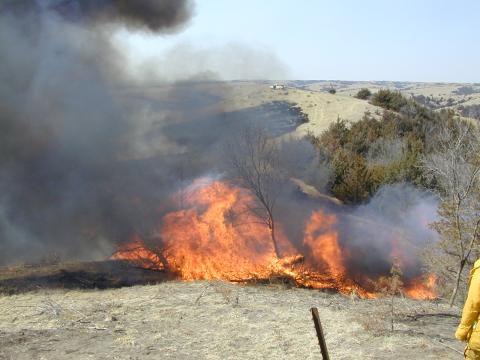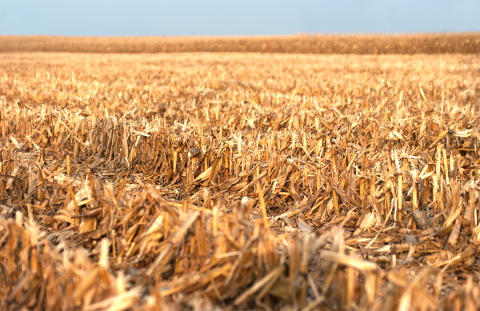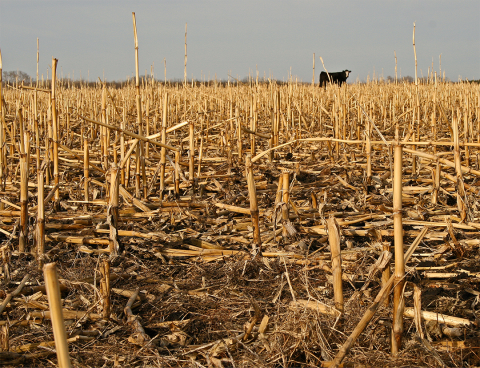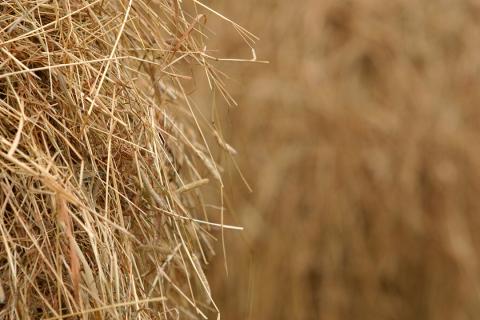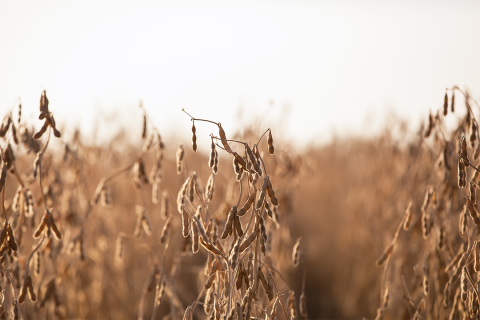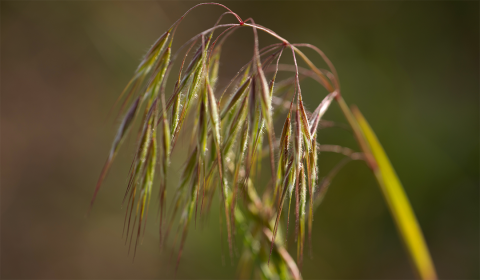Pasture and Forage Minute: Residue Grazing Impacts, Prescribed Burning for Cedar Control
November 19, 2024
Does grazing corn residue negatively affect crop yield or soil health? Beef Extension Educator Ben Beckman shares insight — plus, recommendations for prescribed burning to control eastern red cedar invasions.
Pasture And Forage Minute: Cornstalk Quality After Rain, Storing Hay to Reduce Loss
November 12, 2024
Extension educators share strategies to manage feed quality and minimize losses in cattle operations this winter.
Pasture and Forage Minute: Grazing Strategies for Residue and Winter Feed Considerations
November 6, 2024
Grazing grain sorghum stover, cornstalks and winter pastures can reduce feed costs and support cattle health, provided there's careful management to address risks like prussic acid and declining protein.
Pasture and Forage Minute: Grazing Bt Corn Residue and Testing Hay
October 29, 2024
Nebraska Extension Beef Educator Ben Beckman weighs in on the importance of informed feed management to optimize cattle health and productivity this fall and winter.
Pasture and Forage Minute: Fall Alfalfa and Soybean Residue Grazing
October 23, 2024
Extension insights on lower bloat risk for animals grazing fall alfalfa, and the pros and cons of grazing soybean residue.
Pasture and Forage Minute: Prussic Acid Management, Hunting Rights for Land Leases
October 15, 2024
Tips for preventing prussic acid poisoning as temperatures begin to drop and determining who holds hunting rights on leased cropland or pasture.
Pasture and Forage Minute: Grazing Drought-stressed Crop Residue and Fall Forages
October 9, 2024
Best practices for producers looking to graze crop residue due to drought-related shortages, and managing risk factors with fall forages.
Pasture and Forage Minute: Tips on Lease Agreements, Controlling Cheatgrass and Interseeding Legumes
October 2, 2024
Extension insights on terminating lease agreements, the best herbicides for controlling cheatgrass, and overgrazing pastures in preparation for interseeding legumes to improve nutrition.
